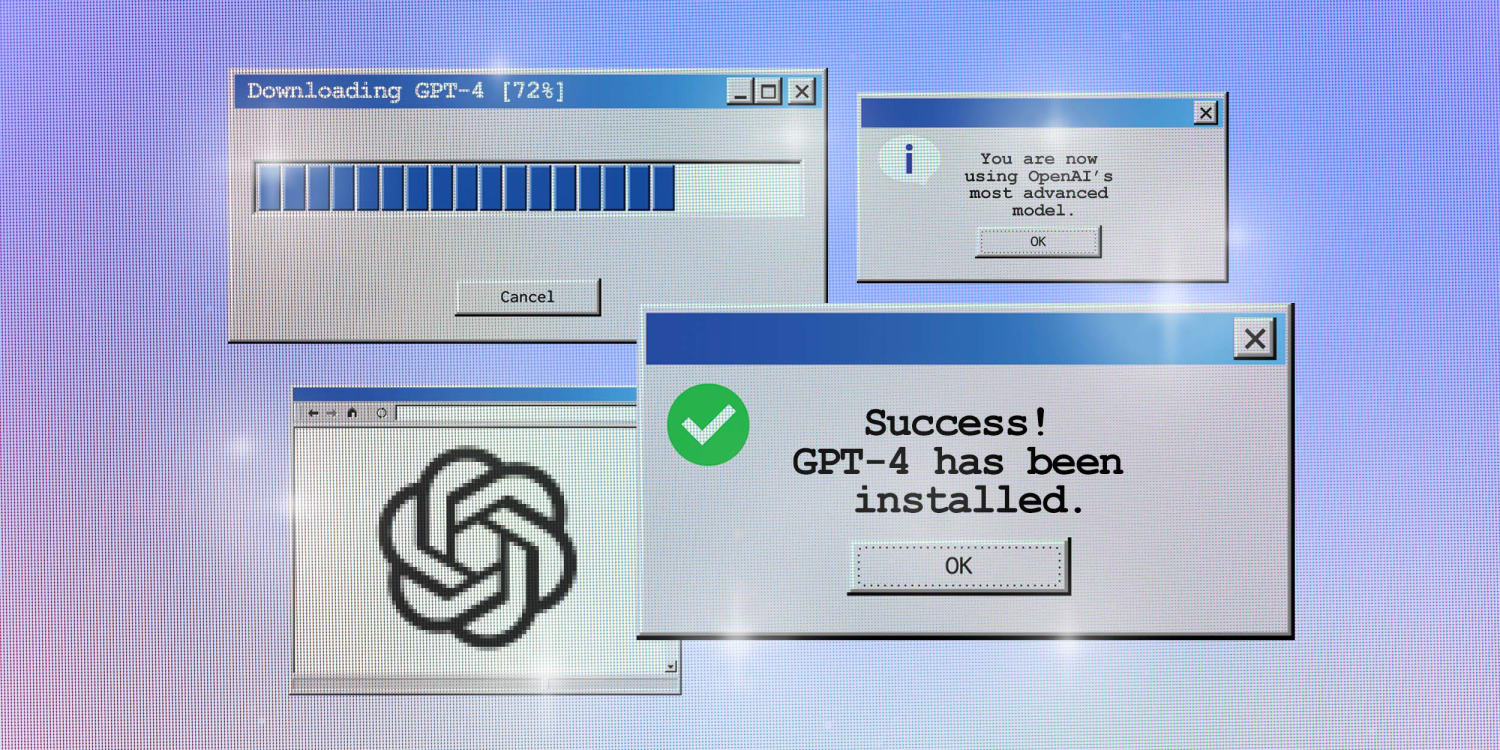[ad_1]

SAN FRANCISCO — Businesses and nonprofit groups agree on one thing after testing some of the latest in artificial intelligence: It is already changing the course of their operations.
Five organizations that were among the first to get access to GPT-4, the latest product from San Francisco startup OpenAI, said in interviews that they were reassigning employees, reorienting internal teams and re-evaluating their strategies in anticipation of the technology upending much of their work.
Their experiences back up the idea that, for better or worse, AI technology may very soon radically alter some people’s daily lives.
But the organizations also said that the technology required enormous amounts of work to customize to their specific needs, with employees giving daily feedback to the software to train it on terminology and methods specific to their fields, such as education or finance. OpenAI, best known for creating the AI chatbot ChatGPT, can then integrate the data from that work into its own model to potentially make its technology better.
In effect, each of the early testers is a microcosm of what others might go through as access to GPT-4 expands.
“There’s a perception in the marketplace now that you plug into these machines and they give you all the answers,” said Jeff McMillan, head of analytics, data and innovation for Morgan Stanley’s wealth management division.
That’s not true, he said. He said the bank has 300 employees putting some of their time into testing their tech using GPT-4.
“We have a team of people who literally review every response from the prior day,” he said.
For Morgan Stanley, the result has been a specialized chatbot built with GPT-4 that serves as an internal research tool for its staff of financial advisers. McMillan said the tool is trained not only on 60,000 research reports on parts of the global economy, but also 40,000 other internal documents from the firm — making it an expert on any financial subject that a financial adviser might want to look up.
To be sure, the early adopters of GPT-4 are not a random sample of the economy. OpenAI, which became for-profit in 2019, hand-picked the organizations over the past weeks and months.
Critics of OpenAI and its competitors allege that the AI sector has benefited from unskeptical hype over the past several months. OpenAI was looking for positive examples to show when it reached out six months ago to Khan Academy, a nonprofit educational organization, founder Sal Khan said.
“The context was: We’re going to be working on a next generation model; we want to be able to launch it with positive use cases,” he said.
Khan Academy is best known for its videos on YouTube, but since OpenAI reached out, Khan said it has poured resources into creating Khanmigo, a chatbot tutor that is specially trained in established concepts of teaching.
“We collectively spent about 100 hours fine-tuning the model so that it potentially can behave like a really good tutor,” he said.
“If you look at the cost of tutoring, this could be a very, very big deal,” Khan added. “It’s like having an amazing grad student or tutor or professor that you can start talking with in the moment.”
Stripe, a tech company that makes payments software and related products for business, said that when it got early access to GPT-4 in January, it pulled 100 employees from their regular jobs and assigned them to an internal “hackathon” in which each person spent a week on average testing out ideas.
Duolingo, an app for learning languages, got access to GPT-4 in the fall, and employees said that CEO Luis von Ahn was so taken with it that he called a meeting for 8 a.m. the following morning and immediately changed people’s jobs.
“He, after that, said, ‘Pivot your team,’” Edwin Bodge, a product manager, said. “Since then, we’ve been working extremely closely with GPT-4 and with the OpenAI team.”
So far, Duolingo has added a new, paid subscription tier costing $29.99 per month or $167.88 annually, which allows access to a a conversation chatbot in French or Spanish. They’ve also added an AI bot which will explain grammatical concepts to you as you progress through typical Duolingo lessons.
According to Bodge, the company has crafted 1,000-2,000 word prompts for GPT-4 that power the bots. The company would not share the prompts upon request.
All of the organizations who spoke with NBC News said they were proceeding with some degree of caution, given that AI technology is so new and the potential peril is unknown. Mike Buckley, CEO of Be My Eyes, a company that makes an app for people who are blind or have low vision, said that he’d like to get a test version of the app with GPT-4 into more hands, “but we want to be thoughtful and safe.”
“Could we launch this more broadly to the community in six to eight weeks? It’s possible, but we’re going to go where the data and the use cases take us,” he said.
The company works by connecting low-vision people with volunteers who, on a video call, can describe to app users what is around them — such as a product label in a grocery store, the directions through an airport or the wording in a greeting card. The version with GPT-4 works without a volunteer on the other end because the AI describes what it “sees” with the camera.
One of the app’s blind spokespeople used it to get directions on the London Underground subway system, according to a video she posted on TikTok.
“We’ve tried to break it,” Buckley said, adding that his staff ran thousands of tests. “We’ve slammed the technology as hard as we could for several weeks, and we’ve been pleasantly surprised.”
He said his company hadn’t run into any safety concerns with GPT-4, but it has made errors; for example, mixing up a toaster for a slow-cooker on a website.
[ad_2]
Source link
